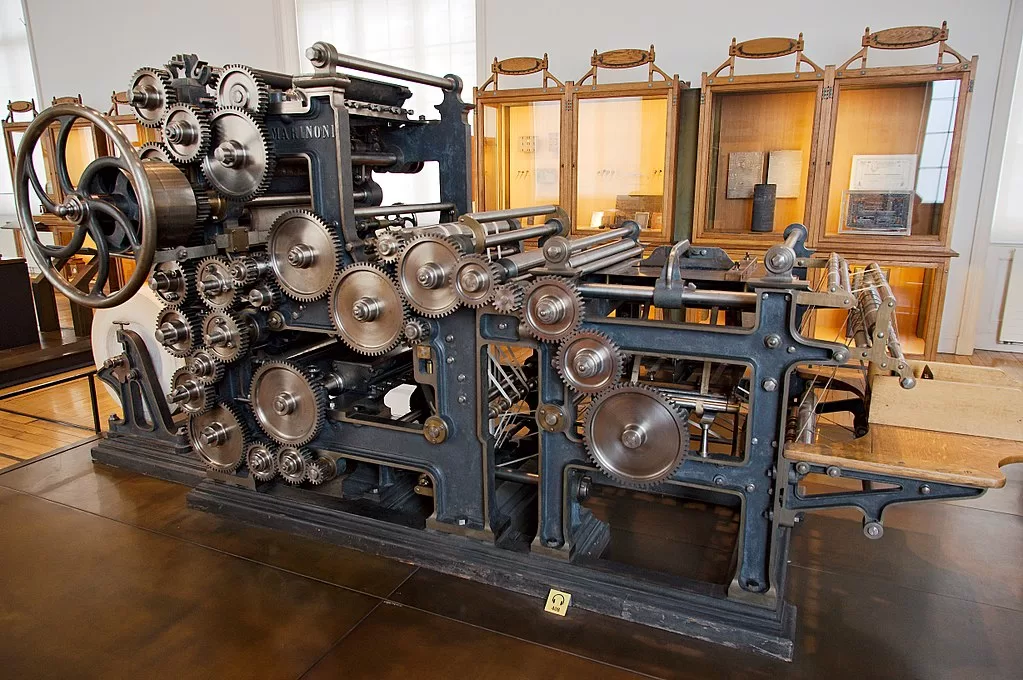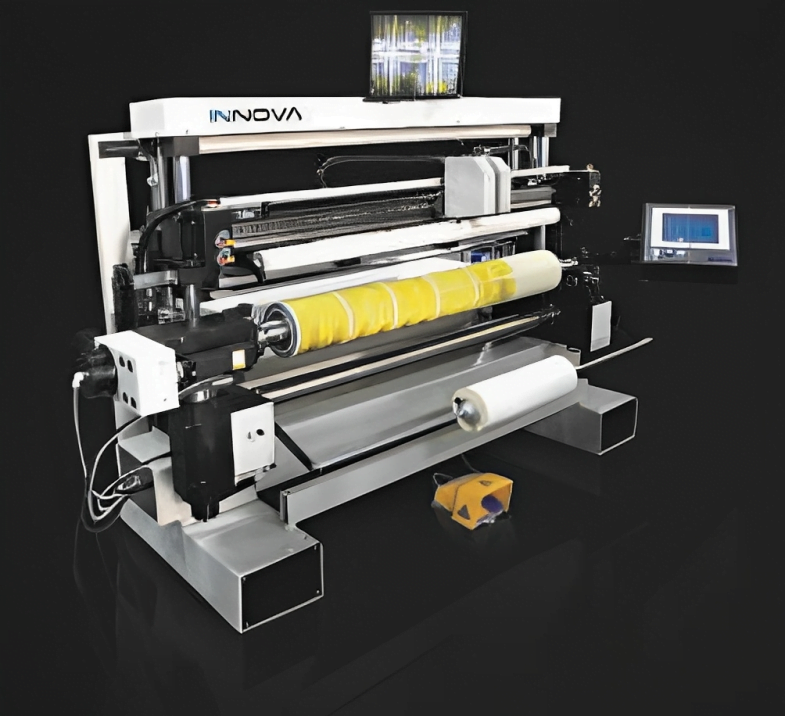Flexo printing demands high levels of printing quality. Quality control in flexographic printing is paramount to ensure that the final product meets or exceeds the client’s expectations, adhering to high standards of clarity, colour accuracy, and overall print quality. A primary stride involves understanding the factors influencing print quality. Elements such as colour precision, density, and resolution significantly impact the quality of your prints. Quality Control Guide in Flexo
This ultimate guide to assessing your flexographic job has been crafted as there is no singular method to ascertain the quality of your prints. The ensuing stepwise manual instructs you on how to systematically examine the quality of your flexographic prints, ensuring each print attains perfection and precision, and help evaluate whether your prints exhibit faded colours, smudges, or misaligned elements. With this guide at your disposal, it becomes convenient to verify that your prints adhere to the highest quality benchmarks.
Stage-by-Stage Scrutiny in Flexo Printing
It is imperative to routinely scrutinise the quality of your flexographic prints and implement requisite adjustments to guarantee visually appealing and functionally sound prints.
Pre-Press Quality Control Measures
Quality control begins long before ink meets substrate. The initial stage focuses on the design and creation of the flexographic plates. Achieving high-quality printouts starts with ensuring that the digital artwork is correctly prepared, considering factors such as resolution, colour matching, and layout. Utilising software tools that allow for precise adjustments and corrections is crucial to avoid costly mistakes during printing.
Subsequently, the process of creating the flexographic plates must be meticulously managed. The plates themselves must be manufactured with precision, ensuring that they are defect-free and correctly aligned with the artwork’s specifications. This involves careful inspection of the plates for any signs of damage or wear that could impact print quality.
On-Press Quality Assurance Measures
Once the printing process begins, continuous quality assurance measures are necessary to maintain the integrity of the print run. Operators should regularly inspect the printed substrates for any signs of inconsistency in colour, alignment, or other defects. This often involves comparing the prints against a standard or approved sample to ensure consistency throughout the batch.
Incorporating real-time monitoring technologies can significantly enhance on-press quality control. These systems can automatically detect and alert operators to potential issues, such as colour shifts or registration errors, allowing for immediate adjustments. Maintaining optimal press conditions, such as temperature and pressure, is also critical to prevent quality deviations.
Post-Press Quality Checks
After printing, a thorough inspection of the final product is necessary to ensure that it meets all quality criteria. This includes verifying the accuracy of colours, the clarity of images and text, and the overall appearance of the print. Products that fail to meet the established quality standards should be set aside for review to identify the root cause of the issue.
Moreover, quality control does not end with the inspection of the printed materials. The durability and functionality of the printed product, especially in packaging applications, must also be evaluated. This may involve testing the product under various conditions to simulate real-world handling and use.
Continuous Improvement
Quality control in flexographic printing is an ongoing process that benefits immensely from a culture of continuous improvement. Collecting and analysing data from each print run can provide valuable insights into areas for enhancement, driving incremental adjustments that cumulatively improve print quality over time.
Unit-by-Unit Examination in Flexo Printing
To evaluate a flexographic job’s quality, it is crucial to examine its anatomy. The machine comprises various components and units that play indispensable roles.
Printing Press
Employing a printing press equipped with superior quality control features is the key to top-tier flexographic prints.
The press should possess automatic alignment and calibration capabilities to ensure consistent print quality across jobs. Moreover, a high-precision gear train is essential to maintain uniform printing speeds and reduce minor print defects.
Anilox Roller
In flexo presses, the anilox roller is often hailed as the core. This ink delivery system ensures uniform and accurate ink distribution to the printing plate.
For all flexographic presses, it is imperative that the anilox roller yields precise ink density from the initial print and maintains consistency throughout the entire job.
Printing Cylinder
Pressing forms a vital part of flexo printing. Printing cylinders serve as the fundamental component in the web production process, ensuring consistent performance.
Plates affixed to plate cylinders directly transfer inked images onto the substrate. The quality of flexographic prints heavily hinges on plate cylinders for superior outcomes.
Printing Plate
Printing entails the utilisation of a flexible plate, originally crafted from natural rubber, then synthetic rubber, and primarily photopolymer now.
The print design, halftones, and solid tones are developed on the printing plate. Failure to properly develop these plates leads to compromised printing quality.
Ink
Ink drying serves as another significant factor in the printing process. Flexography enables the use of inks with lower viscosity, facilitating quick drying of printed images. Furthermore, flexographic printing demands minimal ink consumption.
Substrate
Flexographic printing involves the transfer of images or text from a plate to a substrate via pressing. The web surface serves as the recipient of the ink.
Verifying the compatibility between the ink and the substrate is critical to the quality of your flexo printing jobs. Ensuring that the chosen ink formulation adheres well to the substrate, without bleeding or smudging, is essential for achieving clear, vibrant prints. This may involve conducting preliminary tests with different ink formulations to identify the most suitable option for the specific substrate being used.
In Conclusion
Various printing mishaps can occur during the process, leading to blurred or distorted images. Yet, from pre-press preparations to post-press inspections, each phase offers opportunities to mitigate errors and enhance the overall product.
Maintaining stringent quality control throughout the flexographic printing process is essential to produce top-notch prints that meet both the aesthetic and functional requirements of clients. By adhering to the aforementioned straightforward guidelines and implementing these practices accordingly, you can guarantee that your flexographic prints exude excellence, reliability and versatility.





